Although the centaury is rather small, it attracts attention with its beautiful pink flowers. It also contains many ingredients that are also used in medicine.
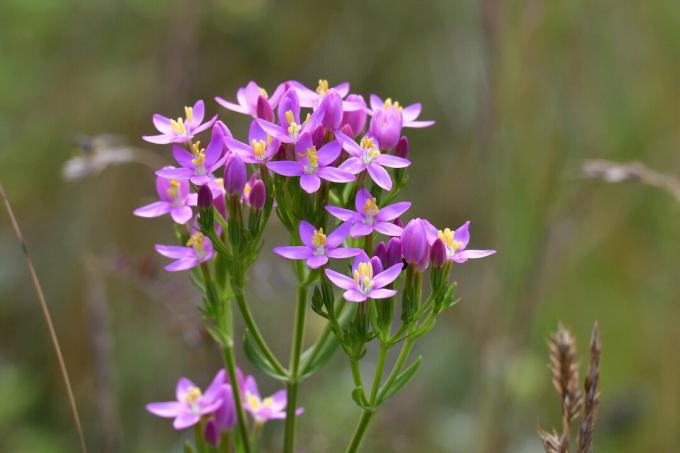
In 2004, centaury (centaurion) was even voted Medicinal Plant of the Year. However, since it is under nature protection, it may not be picked. So that you can still enjoy the plant, we show you how to grow centaury in the garden.
contents
- Centaury: properties and origin
- The most beautiful species
- Plant centaury: sowing and location
- The right care
- Centaury: effects and uses
Centaury: properties and origin
The centaury is a genus of plants that belongs to the gentian family (Gentianaceae). The genus includes around 20 species, which are mainly distributed in the Mediterranean region. There are one- and two-year-olds, but there are also perennials centaurion-Species. Centaury is not found that often in nature. The three species occurring in Germany are all under nature protection and may therefore not be removed.
But where does the centaury grow anyway? It is mainly found on sunny, fresh, damp meadows at higher altitudes. The flowers usually have five petals and can vary in color depending on the species. The flowering period extends from July to October, with the flowers only opening when the sun is shining. Centaury has both basal leaves, arranged in a rosette, and stem leaves. It is rather unlikely that centaury will be confused. Only the different types can be confused with each other.
The centaury was already used as a medicinal plant in the past and accordingly has many names, e.g. Bitter herb, fever herb, apothecary herb, earth gall herb or divine grace herb, as well as centaury herb or centaury herb.
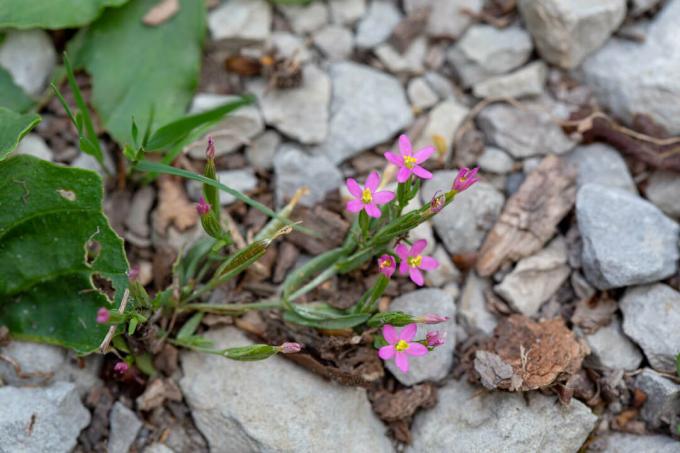
The most beautiful species
Four of the approximately 20 centaury species also occur in Germany. They all have very pretty little pink-pink flowers.
- centaury (Centaurium erythraea): When the centaury is mentioned, the real centaury is usually meant. It is an annual to biennial plant that can briefly survive as a seed in the ground. The species can reach heights of 50 cm, but usually stays smaller.
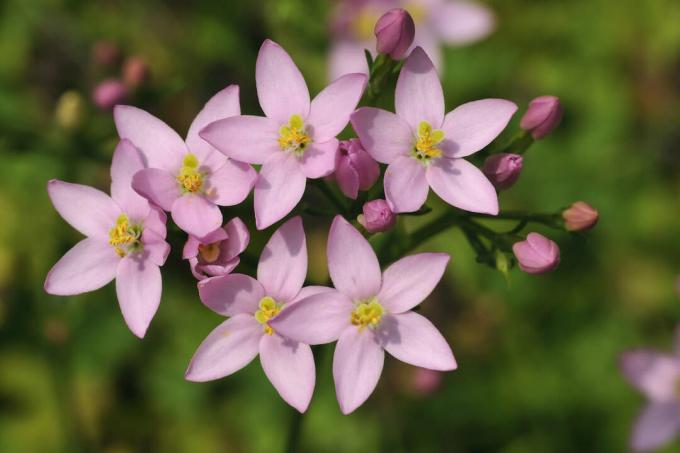
- Headed centaury (Centaurium capitatum): With this species, there is disagreement as to whether it is a variety or subspecies of centaury, or an independent species. It is very small with a maximum height of 8 cm and is strictly protected.

Tip: In addition to the two species mentioned, there are two others that tend to grow in coastal areas and require salty, moist soil. It is the beach centaury (Centaurium littorale) and the lesser centaury (Centaurium pulchellum).
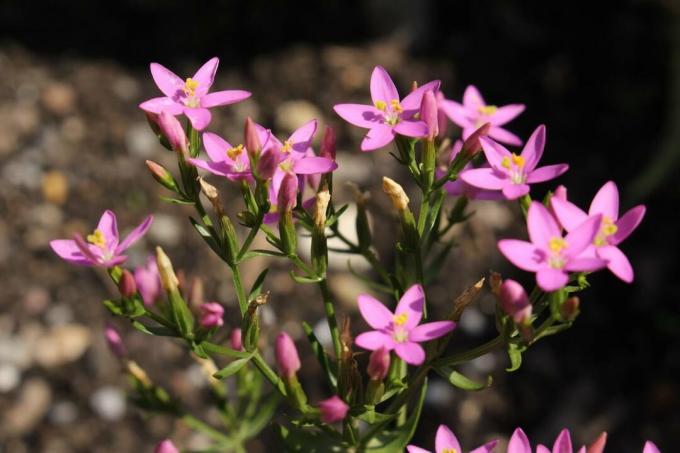
Plant centaury: sowing and location
Centaury can also be planted in the garden. Here the centaury (Centaurium erythraea) are used, since the coastal species do not get along so well with the conditions in the garden. The plant is applied by direct sowing in the flower bed. A suitable location for the centaury is moderately nutrient-rich and sunny. Open spaces should be dry to fresh, a fresh subsoil is preferred at the edge of the wood. If the location is suitable, the centaury seeds itself.
Sowing should take place from mid-May, when no more frosts are to be expected. The seeds are lightly pressed, but not covered with soil, because they need light. A mineral substrate is best suited for cultivation, for example a mixture of perlite and vermiculite with a little potting soil. At temperatures of around 20 °C, the centaury germinates after just two or three weeks.
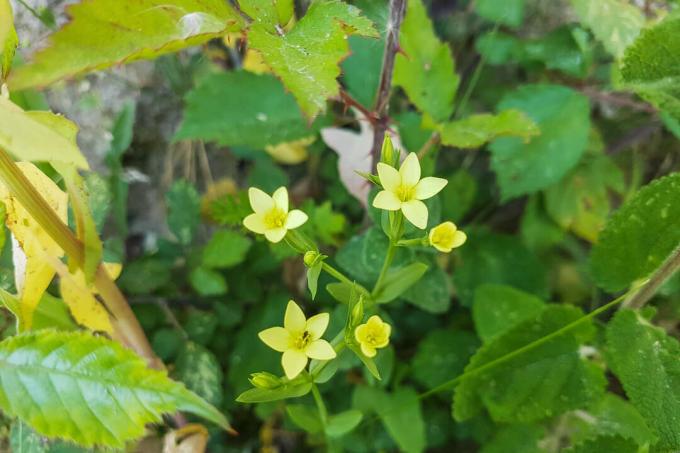
You can also keep the centaury in a pot. Here it is best to use a high-quality soil, such as ours Plantura organic potting soil, and mixes it with 40-50% sand. In this way, the water can be stored well without the substrate becoming wet. Our soil consists of natural raw materials and is peat-free. It is best to create a drainage layer to prevent waterlogging.
The right care
Since centaury appreciates at least fresh soil, moisture should be carefully monitored so that the soil never dries out completely. Especially in summer you sometimes have to use the watering can twice a day. However, waterlogging must be avoided at all costs. A layer of mulch can also be applied to keep the moisture in the soil better.
The centaury does not need fertilizer on good soil. In a pot or on poorer soil, it should be treated with flower fertilizer, such as ours, about four weeks before flowering Plantura organic flower fertilizer, to be taken care of. This ensures a wonderful bloom and strengthened plants and only has to be used once a year for the centaury.
Since the centaury usually grows as an annual, no measures for overwintering are usually necessary. However, it tolerates temperatures down to about – 12 °C and can be additionally protected by a layer of mulch if necessary. It can sometimes last into the following year.
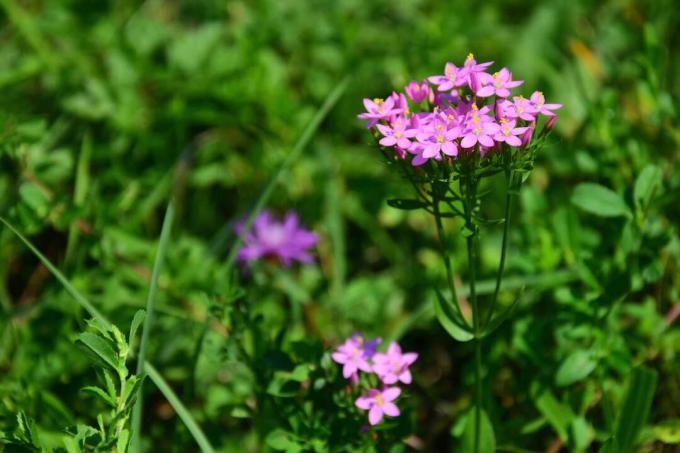
Centaury: effects and uses
Harvesting centaury is only allowed in your own garden. Wild plants are protected and may not be picked. All above-ground parts are edible and contain bitter substances, which, among other things, reduce fever and stimulate the appetite and are said to help against inflammation and digestive problems. Dried and as a tincture or bitters, centaury can unfold its effect.
But how does centaury taste? The medicinal plant tastes bitter above all, as the bitter substances contained in it already suggest. The dried leaves and flowers are used, for example, as centaury tea, which is best brewed cold. Here's how to do it:
- Dry centaury
- Place 1 teaspoon of herb in a bowl
- Add 250 ml cold water
- Let it stand for 6-8 hours
The spicy-bitter taste of the centaury is also good in salads and soups as well as greasy dishes that are heavy on the stomach.
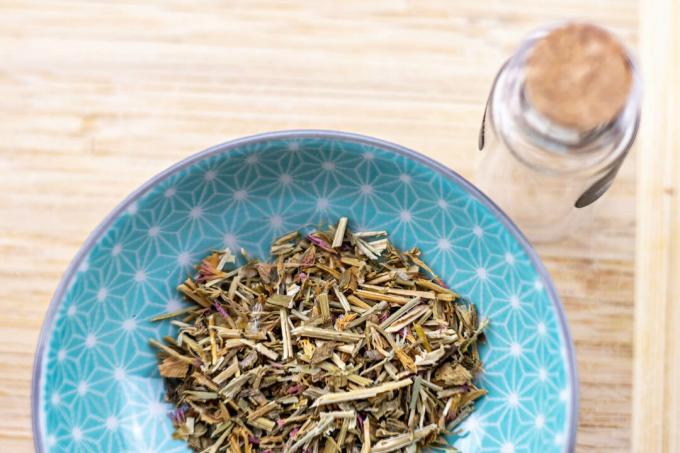
A centaury tea can be refined with chamomile, as the wild plant also has a digestive effect and tastes good. How you die plant chamomile find out from us.
